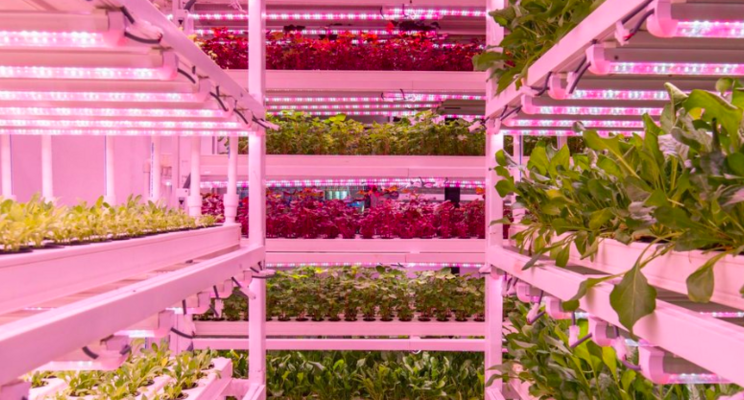India's relationship with food is changing
Added on 16 June 2022

To add to the mix, there is a dual challenge of undernourishment in some parts of the country coexisting with increasing rates of obesity in others. According to a 2021 analysis by SAGE Journals, 40% of India's population is obese, with elevated rates in urban contexts as compared to rural populations (44% vs 36% respectively).
The country's rapid economic development, evidenced by the fact that the average income per capita has quadrupled over the past four decades, has ushered in a growing middle class. With this changing social landscape comes a consumer base with new demands, and a shifting relationship with food and agriculture in India more broadly.
Researchers in this field note that with structural transformation such as a developing middle class come two stages of dietary transition: "In the first stage, economic growth and rise in per capita income induce diet diversification. Consumer preferences move away from quantity to quality, substituting traditional staples with non-staples, such as fruit, vegetables and livestock products. In the second stage, the effects of globalization of the economy are reflected in an increase in the consumption of processed food which are rich in proteins, sugars and fats."
India is manifestly undergoing such a dietary transition. In the report cited above, researchers note a decline in consumption of grains such as rice and wheat in households across all income groups, coupled with an increased diversity in consumption of other foods like fruit, vegetables and livestock products.
Editor's Note: One of Agritecture's predictions for the future of agriculture in 2022 was that more cities and countries would push urban agriculture policy initiatives forward. As part of this, Agritecture will be publishing more content about the need for increased agriculture in cities globally. This is the first post of a two part series featuring information derived from Agritecture Designer's findings, and interviews between Agritecture and the Indian CEA consultancies TruFarm Co. and Eat Neat Project.
Photo: BASF Venture Capital (BVC) invests in the Indian hydroponics pioneer UrbanKisaan; image sourced from BASF
Source: Agritecture
More news















